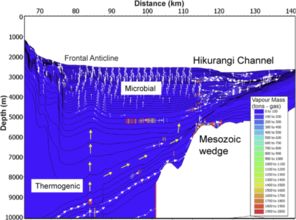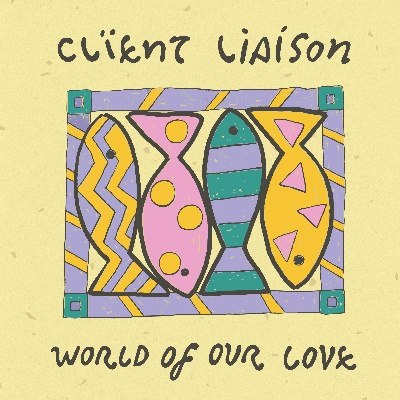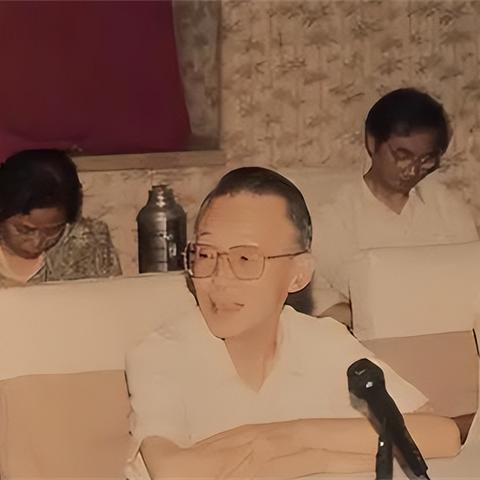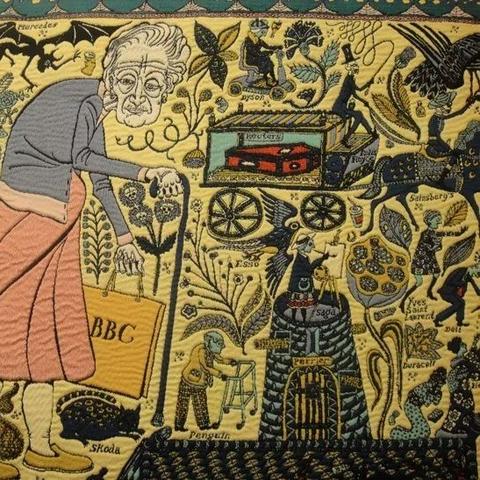The Evolution and Impact of Textile Development in the Global Fashion Industry
The global fashion industry has witnessed a significant transformation in the textile sector over the past few decades. From traditional fabrics like silk and cotton, to innovative materials like polyester and spandex, the fashion industry has expanded its palette of textiles significantly. This evolution is driven by several factors such as increased consumer demand for sustainable and eco-friendly products, advancements in technology that have enabled the development of new textiles, and changes in fashion trends that favor unique and personalized styles. The impact of this transformation is multifaceted, ranging from increased diversity in fashion choices to improved sustainability and environmental friendliness. As the industry continues to evolve, it is likely that we will see even more innovations in textiles, which will continue to shape the future of fashion.
Introduction Textiles have been an integral part of human civilization since ancient times. From the simple loom to the modern complex weaving machines, textile development has undergone significant changes that have not only improved our quality of life but also revolutionized the fashion industry. In this essay, we will explore the evolution of textile development and its impact on the global fashion industry. We will also discuss some case studies to illustrate the importance of textile technology in shaping contemporary fashion trends.
Evolution of Textile Development The history of textiles is a long and fascinating one. In ancient Egypt, textiles were woven from flax, while in China, silk was used extensively for clothing and decoration. As time went by, new materials like cotton, linen, and synthetic fibers began to replace traditional ones. The introduction of spinning and weaving techniques revolutionized the production process, making textiles more affordable and accessible.
In the 19th century, the industrial revolution brought about a significant change in textile development. The introduction of power machinery led to the mass production of textiles, which had a profound impact on the fashion industry. This period saw the emergence of factories, which specialized in producing uniforms for workers and military uniforms for soldiers.
During the 20th century, textile development continued to evolve with the advent of new technologies such as electromechanical spinning, chemical dyeing, and printing. These innovations made textile production more efficient and cost-effective, leading to the growth of the global fashion industry. Today, the fashion industry employs millions of people worldwide, producing millions of dollars worth of products each year.

Impact of Textile Development on the Fashion Industry Textile development has had a significant impact on the fashion industry. It has enabled designers to create innovative and beautiful clothes that are both functional and stylish. For example, the use of stretchy fabrics has made it possible to create clothes that fit differently depending on the wearer's body shape. Similarly, the introduction of eco-friendly materials has encouraged designers to use sustainable materials in their designs.
Textile development has also played a crucial role in the creation of new fashion trends. For instance, the rise of denim jeans in the 1970s was largely due to the introduction of high-quality denim fabrics. Similarly, the popularity of yoga pants in the 2000s was driven by the demand for comfortable and breathable fabrics.
Case Studies One of the most influential textile developments in the fashion industry is the invention of knitwear. Knitwear, which consists of garments made from knitted fabrics, was first introduced in the late 19th century. It quickly became popular among women due to its comfort and ease of wear. Today, knitwear is a staple in many fashion collections, from casual wear to formal wear.
Another case study is the use of recycled materials in fashion design. The concept of "renewal" or "upcycling" has gained traction in recent years, whereby old clothes are transformed into new pieces using techniques such as dyeing and cutting. This approach not only promotes sustainability but also adds a unique element to fashion collections.
Conclusion Textile development has had a profound impact on the fashion industry, enabling designers to create innovative and beautiful clothes that are both functional and stylish. The use of new materials and techniques has led to the creation of new fashion trends, while the promotion of sustainability has become increasingly important in today's fast-paced fashion world. As we continue to explore the possibilities of textile technology, we can expect to see even more exciting developments in the future.
随着全球纺织品的不断更新换代,纺织品开发学的重要性日益凸显,本篇报告将围绕纺织品开发学主题展开,通过案例和实践分析,探讨纺织品开发学的发展趋势和实际应用,我们将使用英文表格和案例说明来辅助说明。
纺织品开发学概述
纺织品开发学是一门涉及纺织品设计、生产、质量控制等领域的学科,它旨在通过科学的方法和技术手段,开发出满足市场需求的高质量纺织品,在纺织品开发过程中,需要综合考虑纺织材料的性能、工艺、环保等因素。
纺织品开发学案例
新型纤维的开发与应用
近年来,随着环保意识的提高,新型纤维的开发和应用成为纺织品开发的重要方向,某公司成功开发了一种新型纤维素纤维,具有优良的吸湿性、透气性和耐用性等特点,该纤维被广泛应用于服装、家居用品等领域,通过采用先进的生产工艺和技术手段,该公司成功提高了纤维的品质和产量,满足了市场需求。
功能性纺织品的研究与开发
功能性纺织品是指具有特殊功能或用途的纺织品,近年来,功能性纺织品在医疗、运动、环保等领域得到了广泛的应用,某公司针对市场需求,开展了功能性纺织品的研发工作,通过研究不同材料的性能和工艺,该公司成功开发出具有抗菌、防臭、透气等功能的纺织品,满足了不同消费者的需求。

纺织品开发学实践分析
-
技术创新:纺织品开发需要不断进行技术创新,采用先进的生产工艺和技术手段,某公司采用了纳米技术对纤维进行改性,提高了纤维的强度和耐磨性,该公司还采用了智能纺织技术,实现了纺织品的智能化生产,这些技术创新不仅提高了纺织品的品质和产量,还提高了生产效率。
-
材料选择:在纺织品开发过程中,材料选择是至关重要的,不同的材料具有不同的性能和用途,需要根据市场需求进行选择,新型纤维素纤维具有优良的吸湿性、透气性和耐用性等特点,适合用于制作夏季服装、家居用品等,功能性纺织品需要根据不同的功能需求进行选择,以满足消费者的需求。
-
质量控制:在纺织品开发过程中,质量控制是必不可少的环节,质量控制包括原材料的质量控制、生产工艺的控制、成品的质量控制等,某公司建立了严格的质量控制体系,从原材料采购到成品出厂都进行了严格的把关,保证了产品的质量和可靠性。
纺织品开发学发展趋势
-
绿色环保:随着环保意识的提高,绿色环保成为纺织品开发的重要趋势,纺织品开发将更加注重环保和可持续性,采用环保材料和工艺,减少对环境的污染和破坏。
-
智能化生产:随着智能化技术的不断发展,智能化生产将成为纺织品开发的重要方向,纺织品生产将更加智能化、自动化和数字化,提高生产效率和产品质量。
-
多元化应用:随着市场需求的变化和消费者需求的多样化,纺织品的应用领域将更加多元化,纺织品开发将更加注重多元化应用和创新,满足不同消费者的需求。
英文案例说明
以下是英文案例说明表格:
纺织品开发案例说明
| 案例名称 | 开发方向 | 材料选择 | 技术创新 | 质量控制 | 发展趋势 | 相关数据或图表 |
|---|---|---|---|---|---|---|
| 新型纤维的开发与应用 | 新型纤维素纤维 | 新型纤维素纤维 | 纳米技术改性 | 采用先进生产工艺和技术手段 | 绿色环保和可持续性 | 数据来源:相关行业报告 |
| 功能性纺织品的研究与开发 | 功能性面料 | 功能性材料 | 功能性研究 | 根据功能需求进行选择 | 智能化生产和多元化应用 | 相关研究报告和数据 |
纺织品开发学是一门涉及多个领域的学科,它的发展趋势和实际应用将不断变化和发展,在未来,纺织品开发学将继续关注绿色环保、智能化生产、多元化应用等方面的发展趋势和实践应用情况,我们也需要不断进行技术创新和研究,提高纺织品的品质和产量,满足市场需求和社会发展的需要。
Articles related to the knowledge points of this article:
The Multifaceted Benefits and Applications of Home Textile Products
The Role of Textile Properties in Influencing Decision Making



